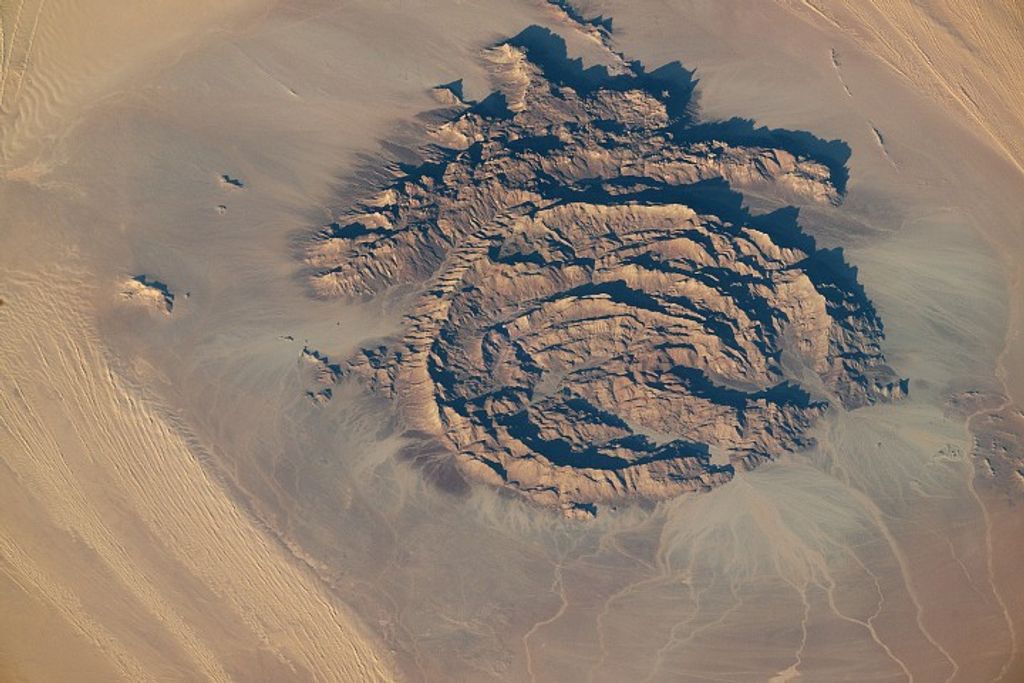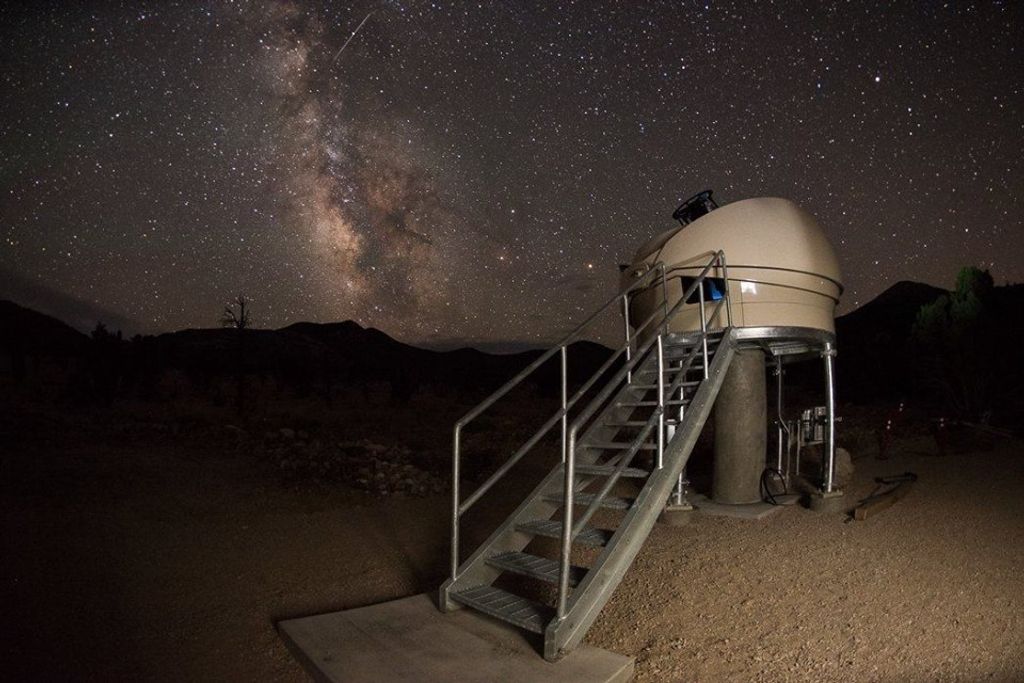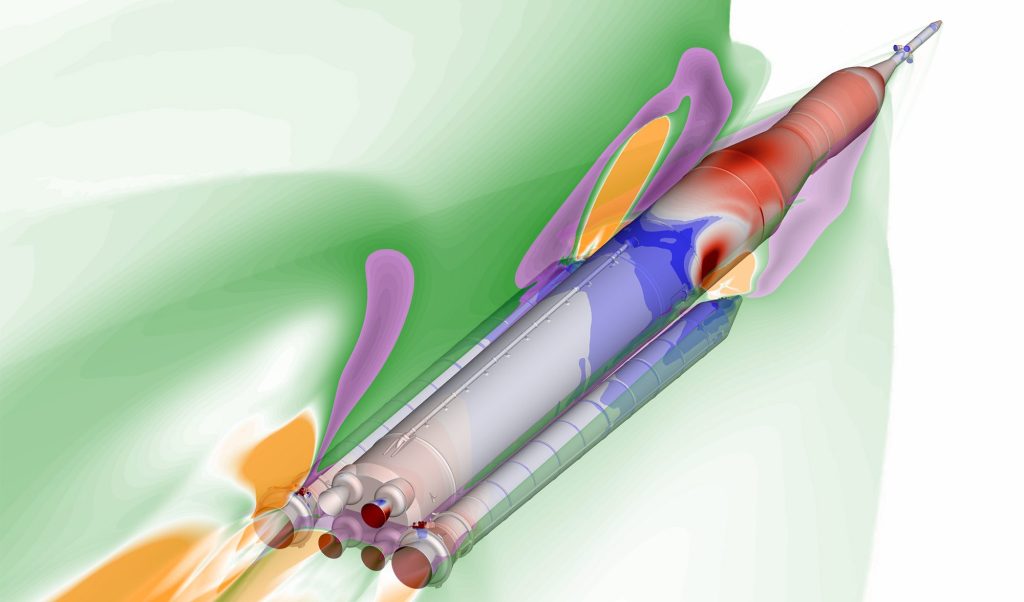1 min read
Water Vapor Plumes Over Europa
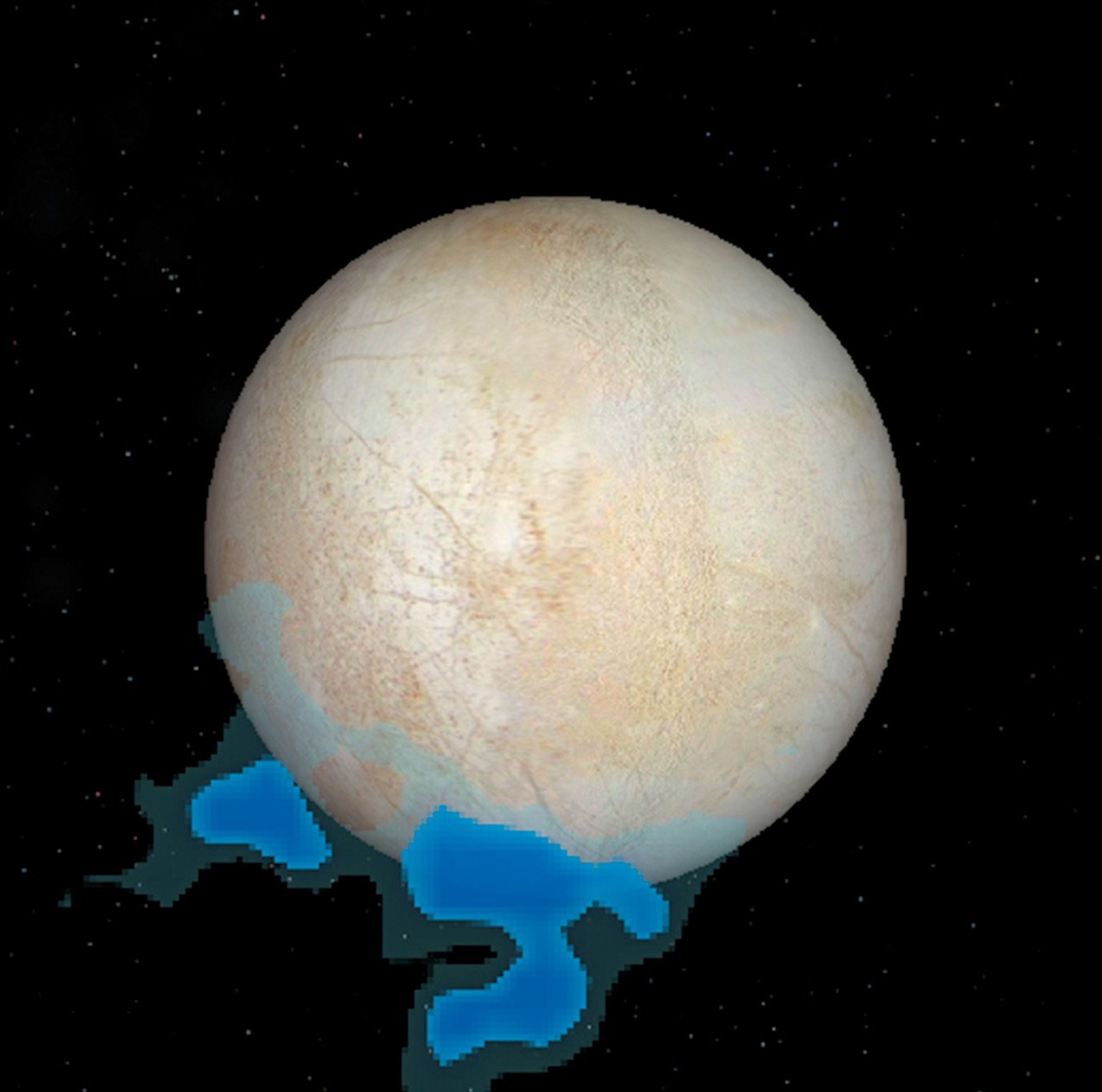
This graphic shows the location of water vapor detected over Europa's south pole that provides the first strong evidence of water plumes erupting off Europa's surface, in observations taken by NASA's Hubble Space Telescope in December 2012. Hubble didn't photograph plumes, but spectroscopically detected auroral emissions from oxygen and hydrogen. The aurora is powered by Jupiter's magnetic field. This is only the second moon in the solar system found ejecting water vapor from the frigid surface. The image of Europa is derived from a global surface map generated from combined NASA Voyager and Galileo space probe observations.
About the Object
- DistanceDistanceThe physical distance from Earth to the astronomical object. Distances within our solar system are usually measured in Astronomical Units (AU). Distances between stars are usually measured in light-years. Interstellar distances can also be measured in parsecs.The mean radius of Europa's orbit about Jupiter is 670,900 kilometers (416,900 miles).
- DimensionsDimensionsThe physical size of the object or the apparent angle it subtends on the sky.Neptune has a mean diameter of 3,122 kilometers (1,940 miles).
About the Data
- Data DescriptionData DescriptionProposal: A description of the observations, their scientific justification, and the links to the data available in the science archive.
Science Team: The astronomers who planned the observations and analyzed the data. "PI" refers to the Principal Investigator.This image was created from HST data from proposal 13040: J. Saur (University of Cologne, Germany), L. Roth (Southwest Research Institute/University of Cologne, Germany), P. Feldman and D. Strobel (JHU), K. Retherford (Southwest Research Institute), M. McGrath (NASA Marshall Space Flight Center), and F. Nimmo (University of California, Santa Cruz). - InstrumentInstrumentThe science instrument used to produce the data.HST>STIS
- Exposure DatesExposure DatesThe date(s) that the telescope made its observations and the total exposure time.November and December, 2012
- FiltersFiltersThe camera filters that were used in the science observations.Grating: G140L
- Object NameObject NameA name or catalog number that astronomers use to identify an astronomical object.Europa
- Object DescriptionObject DescriptionThe type of astronomical object.Jovian Moon
- Release DateDecember 12, 2013
- Science ReleaseHubble Space Telescope Sees Evidence of Water Vapor Venting off Jovian Moon
- Credit
Related Images & Videos
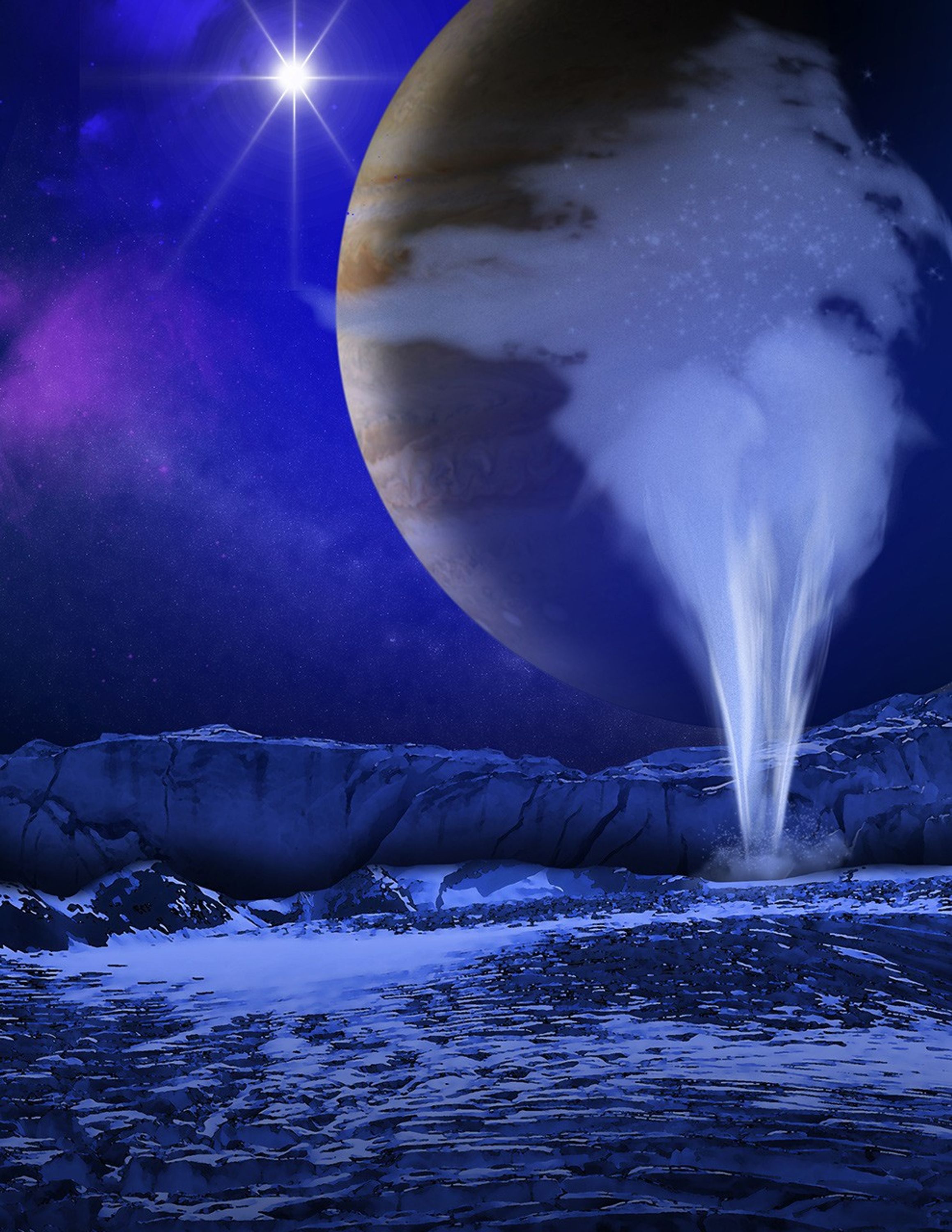
Artist's Concept of Europa Water Vapor Plume
This is an artist's concept of a plume of water vapor thought to be ejected off of the frigid, icy surface of the Jovian moon Europa, located 500 million miles from the Sun. Hubble Space Telescope spectroscopic measurements lead scientists to calculate that the plume rises to an...
Share
Details
Last Updated
Aug 17, 2025
Contact
Media
Claire Andreoli
NASA’s Goddard Space Flight Center
Greenbelt, Maryland
claire.andreoli@nasa.gov









